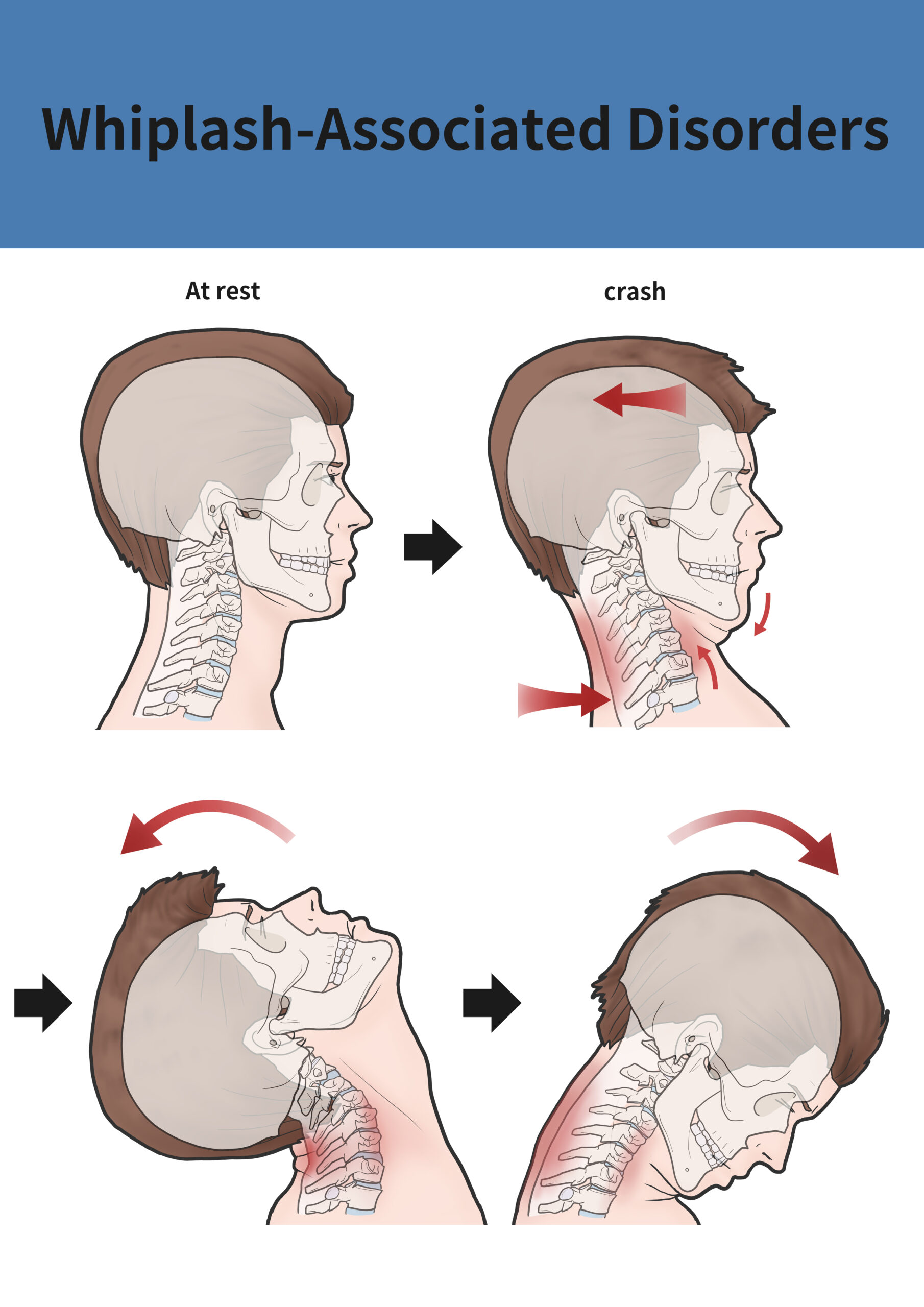How Whiplash Injury Puts the Upper Neck in Jeopardy

The whipping motion puts risks at our upper neck structure.
When a car accident takes place, the whipping motion of the neck is nearly inevitable. Whiplash puts a lot of pressure and tension on the upper neck joints. This type of injury can cause tearing of the loose ligaments and tendons of the upper neck in very complex ways. During a car accident, the body is strapped to the car, but the head is able to fly around freely creating a whipping motion at the neck.
When a car crash happens, our necks often get jerked around, almost like the snap of a whip. This sudden movement is called whiplash and it can be pretty tough on the top part of our neck. Why? Because the ligaments and tendons there are kind of loose and can easily get torn or stretched in messy ways.
Because the ligaments are weaker in the upper neck joints, the whiplash injury is much more likely to misalign the upper neck than the lower neck. Unless the head and neck injury is properly evaluated, it can lead to long term upper cervical instability.
There’s a part of our neck called the atlas (or C-1), and if it gets out of place, it can press on our brainstem and spinal cord. This is important because a bunch of important nerves and blood vessels run through the atlas. If it’s not lined up right, it can mess with the blood flow to our brain, the fluid inside our skull, and even the nerve signals that go to our brain.

